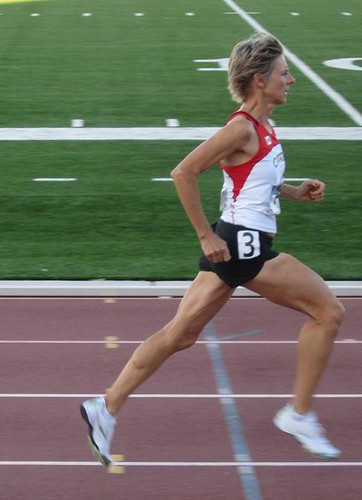 This is the seventh in a series of RunSmart videos. The series is on-going, with a new video released on a biweekly basis. These videos complement the material presented in the book “RunSmart: A Comprehensive Approach To Injury-Free Running”. The full series of videos can be found here. A transcription of the video will also be available with each post.
This is the seventh in a series of RunSmart videos. The series is on-going, with a new video released on a biweekly basis. These videos complement the material presented in the book “RunSmart: A Comprehensive Approach To Injury-Free Running”. The full series of videos can be found here. A transcription of the video will also be available with each post.
For those of you that are interested in a more interactive learning environment, consider attending a RunSmart Level One, Level Two, or Level Three program. Level One focuses on Principles, Level Two on Performance and Training Program Development, and Level Three on Physiotherapy and Running Injury Recovery. CCU credit for physical therapists is available for Level One (3.5 CCU), and is pending for the complete program (13.1 CCU). Further CCU details will follow as they are available. The next Level One program will be offered in Austin on February 25, 2012.
In this video, I will discuss the relationship between the motion of the arms, legs, and how they interact to increase stride frequency. Although most runners tend to attempt to change their stride frequency via thinking about their leg motions, it is far easier to affect stride frequency with the arms.
I hope you enjoy the video series. If you would like me to address any specific aspect of the RunSmart approach, drop me an email or add a comment to this article.
Transcription Of RunSmart Video 7 – Arms, Legs, And Stride Frequency
Hello. I am Allan Besselink, the author of “RunSmart: A Comprehensive Approach To Injury-Free Running”. This is the next video in a series that will specifically address concepts discussed in the book and practical applications so that you can not only optimize your running performance but remain injury-free in the process.
[transcription to be continued] …
Photo credits: abesselink
 "Running Injuries: Etiology And Recovery- Based Treatment" (co-author Bridget Clark, PT) appears in the third edition and fourth editions of "Clinical Orthopaedic Rehabilitation: A Team Approach" by Charles Giangarra, MD and Robert C. Manske, PT.
"Running Injuries: Etiology And Recovery- Based Treatment" (co-author Bridget Clark, PT) appears in the third edition and fourth editions of "Clinical Orthopaedic Rehabilitation: A Team Approach" by Charles Giangarra, MD and Robert C. Manske, PT.
 Allan Besselink, PT, DPT, Ph.D., Dip.MDT has a unique voice in the world of sports, education, and health care. Read more about Allan here.
Allan Besselink, PT, DPT, Ph.D., Dip.MDT has a unique voice in the world of sports, education, and health care. Read more about Allan here.
 Top 5 finalist in three categories: "Best Overall Blog", "Best PT Blog" and "Best Advocacy Blog".
Top 5 finalist in three categories: "Best Overall Blog", "Best PT Blog" and "Best Advocacy Blog".